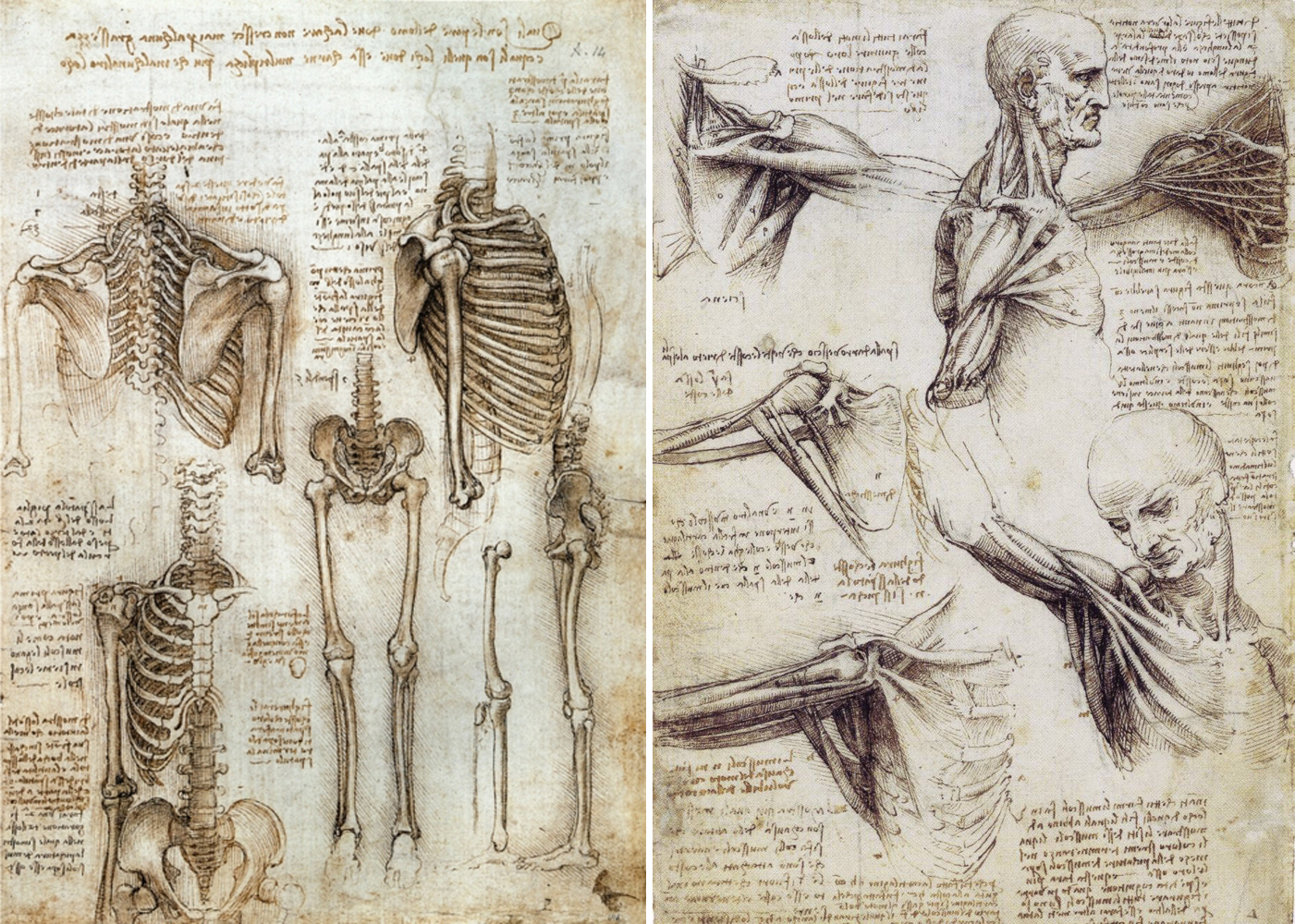
In a lot of ways, art is meant to provoke the audience, to call attention to underlying issues, and to blur the line between the socially acceptable and the socially condemnable. However, there are many instances in which the artist takes extremist measures in the development of their art, leading to controversial results that some cases cross this blurred line altogether.
Tom Otterness is one such example of an artist whose earlier grotesque work has defined his career in the art world. In 1977, Otterness had a video featured in a gallery show that displayed him tying an adopted dog to a fence and shooting it. While the artist did apologize for his actions and his art after the fact, he was never charged with a crime. Additionally, he was still being commissioned by government administrators to display his art in public areas – such as libraries and subway stations – well into the twenty-first century. The continual success of this artist brings up several issues and questions regarding art: what should be portrayed in it and what are the limits that should be placed on it. The permittance of his video in a gallery is simply unbelievable, but even more inconceivable is why he remained so popular in the eyes of officials following the exhibition. The inhumane killing of an animal is not only negatively perceived by most of most of the public, but it is also supposedly illegal. Allowing Otterness to continue to display his art in public areas with thousands of dollars worth of commission at his disposal is also an implicit public approval for all of his earlier work, including the “Shot Dog” piece that still remains as part of his history. While there are many opposed to his art who constantly fight against his work being published, the idea of incorporating animal cruelty into one’s art has not been altogether dismissed.
Another form of animal cruelty was displayed in an exhibition in Nicaragua, where artist Guillermo Vargas tied a stray dog to a wall by the leash without any food or drink, with a sign made out of dog treats off to the side. Another installation that perpetuates the concept of incorporating animal cruelty into art and establishing that it is okay to harm animals if it communicates a message to the audience. Even if Nicaragua does not have a law against inhumane animal treatment, would the mistreatment of this animal still be at least considered unjust or unmoral? If artists are not held accountable for the art they produce and are not penalized for crossing these inhumane lines, how can we expect to stop this behavior?







